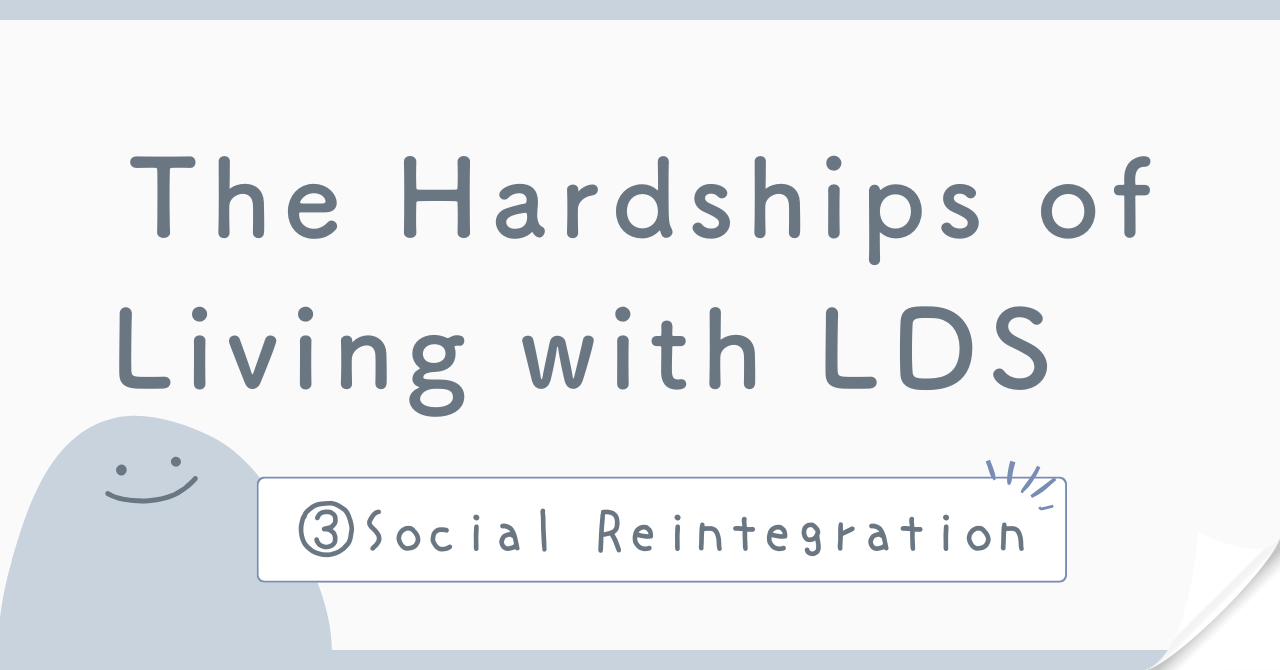Hello, I’m Mikan.
In my previous posts, The Hardships of Living with LDS [Part ① – Diagnosis] and [Part ② – Surgery], I shared my experiences so far. Today, I’ll talk about social reintegration after surgery.
After Abdominal Aortic Aneurysm Surgery
When I was a student, I took advantage of a long school break to undergo surgery for an abdominal aortic aneurysm.
While hospitalized, I made it a point to walk around the ward. By the fourth day after surgery, I was able to walk freely—racking up around 3,000 steps per day. I was discharged on the ninth day, feeling upbeat and exclaiming, “I made it through!”
However, the reality was that my strength had significantly diminished. Although I managed to get home, I went straight to bed. I even lost about 3 kg during my hospital stay.
Within a week after discharge, I was able to walk 7,000 steps in a day.
About two weeks after leaving the hospital, I had to take an exam at school. Although the exam only required sitting, spending the whole day outdoors was quite exhausting. Towards the end of the exam, my ears started to feel muffled, and I barely managed to persevere.
One month after surgery, I went to a barbecue and enjoyed the entire day without any issues—until the next day, when I was struck with excruciating pain and had to stay in bed (laughs).
By two months post-surgery, I could engage in active activities without experiencing severe pain. My doctor advised me to avoid abdominal muscle workouts for three months after the operation, so I refrained from such exercises during that period.
After Aortic Valve Insufficiency Surgery
Following my heart surgery, I struggled more with shortness of breath than with the pain from the incision. The difficulty in breathing was a constant challenge.
At the hospital, I was provided with a respiratory rehabilitation device and practiced daily. I also participated in rehab sessions that included walking, squats, and using an exercise bike with a physical therapist, so I didn’t feel a significant loss in stamina. The therapist advised that “a little breathlessness is just right for rehabilitation,” so I maintained a moderate pace.
As I mentioned in [Part ② – Surgery], I experienced some shoulder pain, but I was successfully discharged on the tenth day post-surgery.
Just three days after leaving the hospital, I attended a graduation ceremony. One week later, I resumed my rehabilitation with a goal of reaching 10,000 steps per day, and on April 1st, I began working as a new employee.
For three months after surgery, I was instructed not to lift heavy objects or drive. I communicated these restrictions to my company, which was accommodating. Although I had hoped for reduced work hours, I couldn’t avail that option during my probation period, so I’m working full-time within my limits.
I had my surgery in early March and started working in April, but seeing others take about three months off, I sometimes wonder if I should have rested longer.
Challenges After Returning to Work
Now that I’m back at work, I’ve noticed that my condition varies from day to day. On days with bad weather, my wound tends to hurt more, and I sometimes feel dizzy, which affects my concentration. I also experience discomfort when standing up too quickly.
Because Loeys-Dietz Syndrome often necessitates aortic surgery at a much younger age than usual, both the physical and mental challenges are significant—but it also seems that recovery can be faster.
Everyone’s condition and situation are different. It’s important not to push yourself too hard; take things slowly and consult your doctor as you gradually overcome these challenges.


